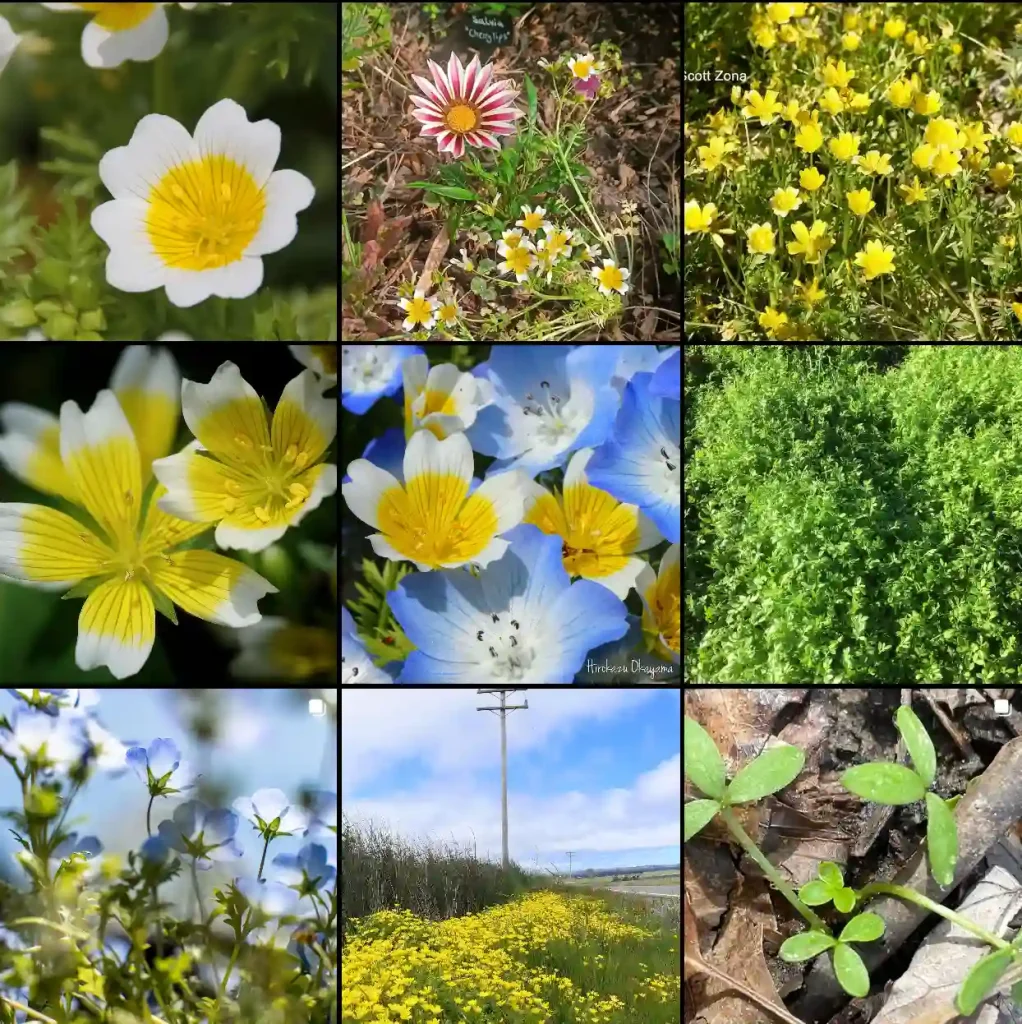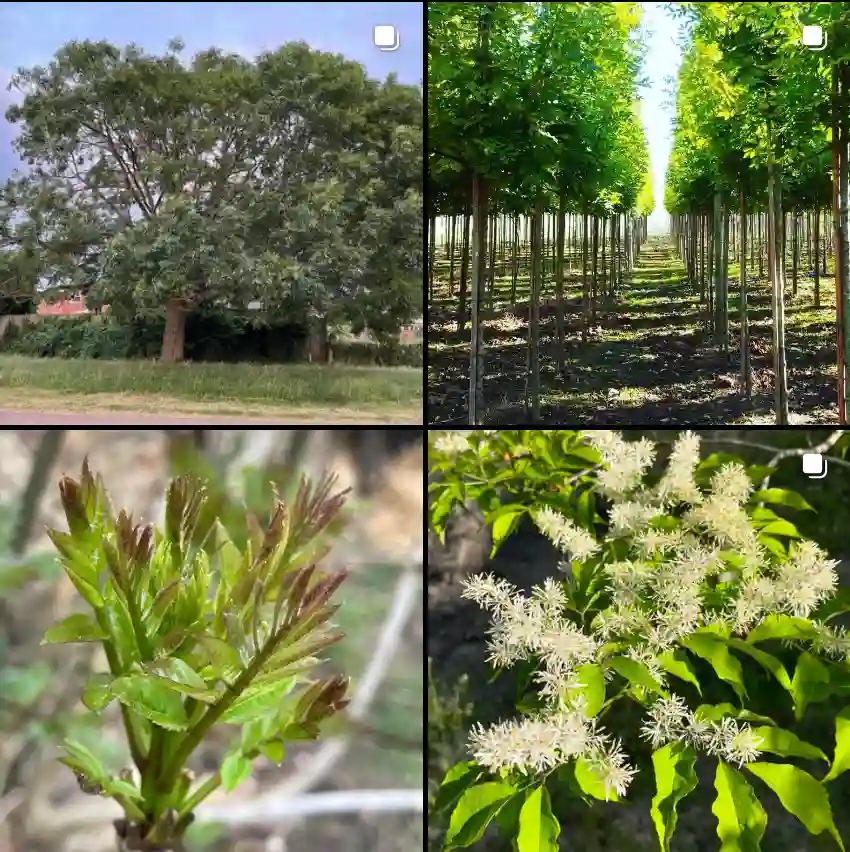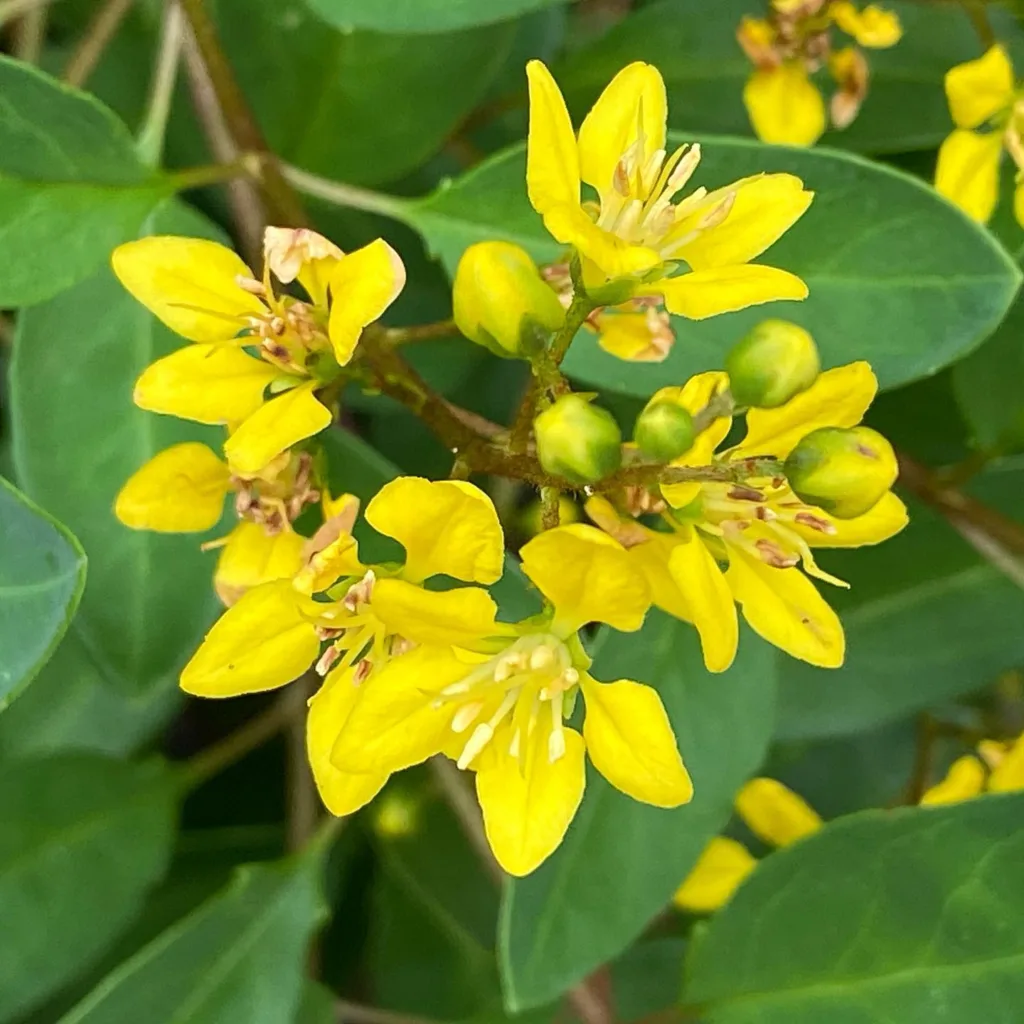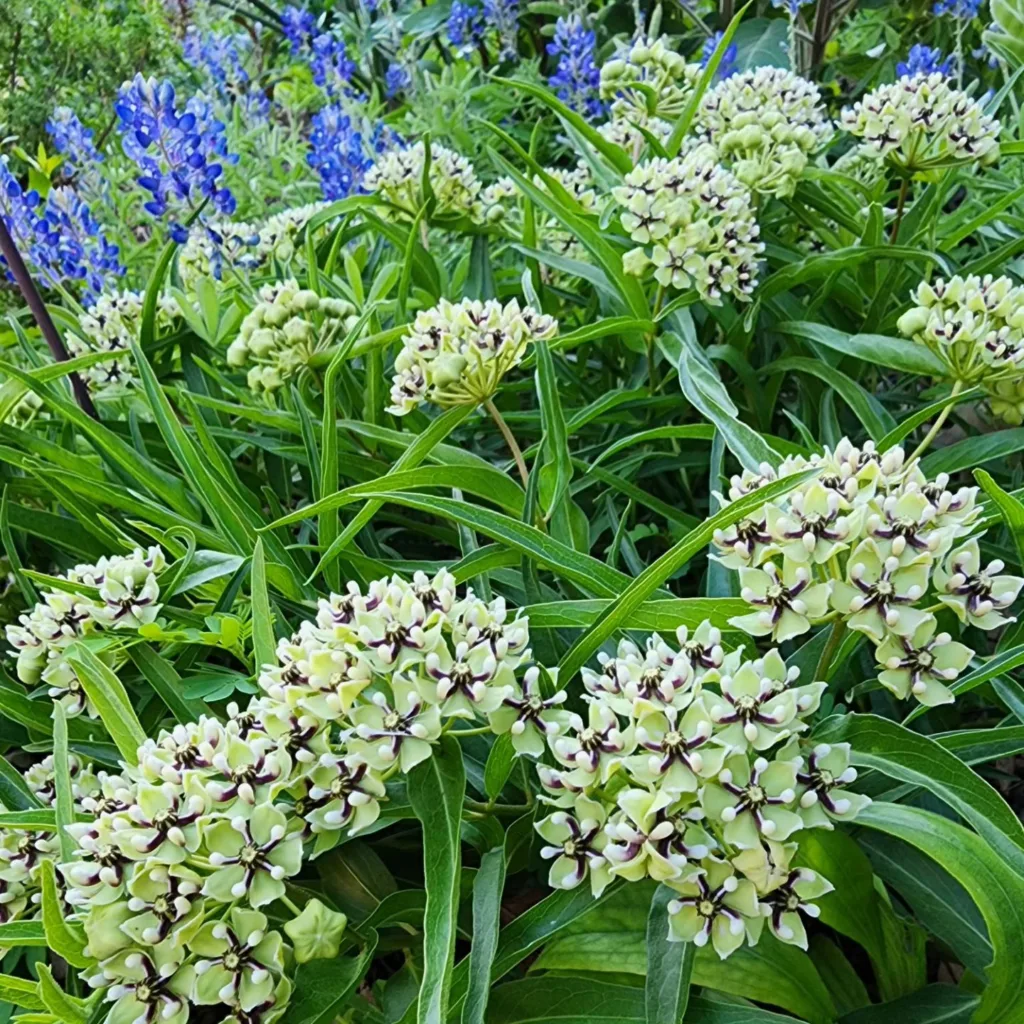FAQs About Senecio Kleiniiformis
Senecio Kleiniiformis, also known as the Spearhead, is an interesting succulent that adds character to any collection. It has distinctive spearhead-shaped leaves that make it a unique addition to a garden or indoor space. Over time, I’ve learned a lot about caring for this plant, and I’m excited to share answers to some common questions.
1501 Species in Genus Senecio
What is Senecio Kleiniiformis?
Senecio Kleiniiformis is a succulent native to South Africa. Its thick, fleshy leaves are spearhead-shaped, giving it its common name, “Spearhead.” The plant grows in a rosette form, with leaves tapering to a point. The leaves are a beautiful bluish-green color with a slightly waxy texture, which helps it retain water. This plant can grow up to 18 inches tall and spread about 12 inches wide, making it a compact yet striking feature in any garden or container.
How to Care for Senecio Kleiniiformis?
Caring for Senecio Kleiniiformis is relatively easy, which makes it a favorite among succulent lovers. Here’s a breakdown of its needs:
Light
This succulent loves bright light and does best in full sun. If you’re growing it indoors, place it near a south-facing window where it can get plenty of sunlight. In lower light conditions, the plant may stretch out or lose its vibrant color, so ensuring it gets enough sun is essential.
Watering
Like most succulents, Senecio Kleiniiformis prefers to dry out between waterings. I usually water mine every two weeks during the growing season and reduce watering during the winter. Overwatering can lead to root rot, so it’s better to err on the side of caution and let the soil dry completely before watering again.
Soil
A well-draining soil mix is crucial for Senecio Kleiniiformis. I use a cactus or succulent mix that ensures water drains quickly and doesn’t leave the roots sitting in moisture. Adding perlite or pumice to the soil mix can help improve drainage.
Temperature and Humidity
Senecio Kleiniiformis is relatively tolerant of a range of temperatures but prefers warmer conditions. It thrives in temperatures between 65°F and 75°F. It’s not frost-tolerant, so if you live in an area where temperatures drop below freezing, it’s best to bring the plant indoors or protect it during the colder months.
How to Propagate Senecio Kleiniiformis?
Propagating Senecio Kleiniiformis is simple and rewarding. The most common method is through leaf or stem cuttings. Here’s how I propagate mine:
- Choose a Healthy Cutting: Select a healthy stem or leaf from the plant. Make sure the cutting is at least a few inches long.
- Let It Callous: After cutting, allow the cut end to dry and callous over for a few days. This step is crucial to prevent rotting when the cutting is planted.
- Planting: Once the cutting has calloused, plant it in well-draining soil. I usually mist the soil lightly until I see roots forming, then switch to a regular watering schedule.
- Patience: Propagation can take a few weeks, so be patient. Keep the cutting in a bright spot but out of direct sunlight until it’s established.
What to Plant with Senecio Kleiniiformis?
When it comes to pairing plants with Senecio Kleiniiformis, I like to choose other succulents that share similar care requirements. It pairs beautifully with Echeveria, Graptopetalum, or Crassula varieties. You can create a visually appealing succulent arrangement by mixing different textures and colors. For outdoor gardens, it’s also a good companion plant for other drought-tolerant species like Sedum or Agave.
How to Use Senecio Kleiniiformis in the Garden?
Senecio Kleiniiformis is versatile in its uses. Here are a few ways I like to incorporate it into my garden:
- Containers: Its compact size makes it ideal for container gardening. I love to use it in mixed succulent arrangements on patios or windowsills.
- Rock Gardens: Its drought tolerance and unique leaf shape make it a standout in rock gardens. It adds visual interest among stones and other succulents.
- Ground Cover: In the right conditions, Senecio Kleiniiformis can spread to form a low-maintenance ground cover. It’s perfect for xeriscaping or areas with poor soil where other plants might struggle.
Is Senecio Kleiniiformis Toxic?
Yes, Senecio Kleiniiformis is toxic to pets and humans if ingested. The plant contains compounds that can cause gastrointestinal upset and other symptoms if consumed. I always make sure to keep it out of reach of my pets and young children. If you’re concerned about pets, it’s best to choose a non-toxic plant option for your home.
Common Pests and Problems
In my experience, Senecio Kleiniiformis is relatively pest-resistant, but like all plants, it’s not immune. The most common pests I’ve encountered are mealybugs and aphids. Regularly inspecting the plant and using insecticidal soap or neem oil can help control infestations.
Root rot can be a problem if the plant is overwatered or if the soil doesn’t drain properly. Ensuring that the plant has proper drainage and not overwatering are the best preventative measures.
Final Thoughts
Senecio Kleiniiformis is an attractive, low-maintenance succulent that’s perfect for both beginners and experienced gardeners. Its unique shape and easy care requirements make it a great addition to any collection. Whether you’re looking to create a striking container garden or a drought-tolerant landscape, this plant won’t disappoint. Just remember to give it plenty of light, avoid overwatering, and keep an eye out for pests. With the right care, your Senecio Kleiniiformis will thrive for years to come.
If i die, water my plants!



